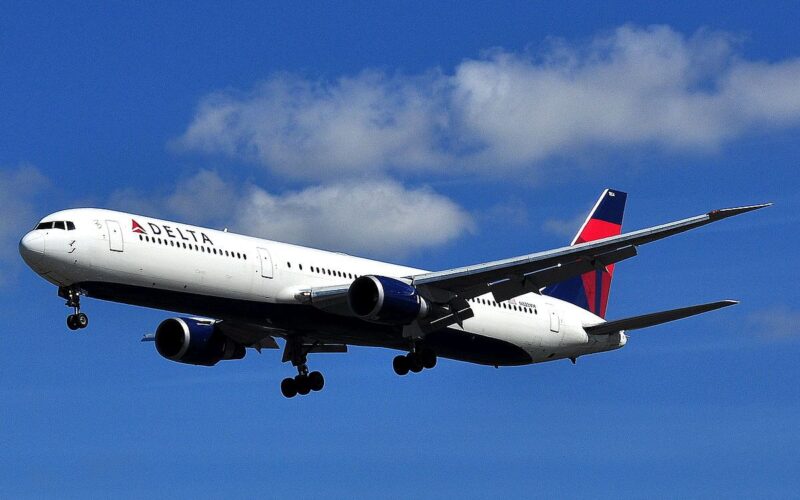While Boeing’s decision on the new middle of market aircraft ‒ the NMA ‒ is anticipated in the upcoming months, the aircraft might already have its first customer. Delta Airlines CEO admits that the U.S. legacy carrier is “very interested in it” and could potentially opt for as many as 200 NMAs over the next decade, as it is looking for replacement of its aging Boeing 767s and 757s.
Speaking at J.P. Morgan Aviation, Transportation and Industrials Conference on March 5, 2019, Edward H. Bastian, the CEO of Delta Airlines (DAL) , confirmed that the carrier is at a “preliminary stage” discussions with Boeing over the new aircraft.
While the U.S. manufacturer has not yet reached a decision on whether it would launch the NMA program, Delta Airlines (DAL) is in hopes of a positive decision, as it is “very interested” in the aircraft.
“We’ll see where that goes,” said Bastian. “We are in discussions at a very preliminary phase with Boeing on it, and we’ll find out. Hopefully they’ll decide to go”.
Delta Airlines (DAL) vCEO views the NMA as a possible replacement aircraft not just for Boeing 757 that it currently operates, but also for the 767 as well. “We have almost 200 aircraft between the 757s and 767s that we need to replace over the next decade,” according to Bastian.
Boeing is yet to formally commit to producing the NMA, also dubbed as 797. In January 2019 reports appeared that the industry giant already has over 1,000 people working on the aircraft design, while the program itself is “accelerating towards an internal launch around the end of 1Q 2019”. Bloomberg reported at the time that the company’s executives are “closing in” on the decision and the 797 program might be reviewed by Boeing’s board as soon as by the end of March 2019.
The new jetliner is the company’s attempt to focus on the overlooked “middle market”. NMA designed for the 8 to 10-hour travel, on routes such as New York to Los Angeles in the U.S., or medium-range flights connecting the U.S., say, Chicago, to cities in Europe. Thus, it could potentially open up 30,000 new routes and challenge today’s system in which long haul flights are usually carried from major hubs instead of point-to-point routes from secondary cities.

